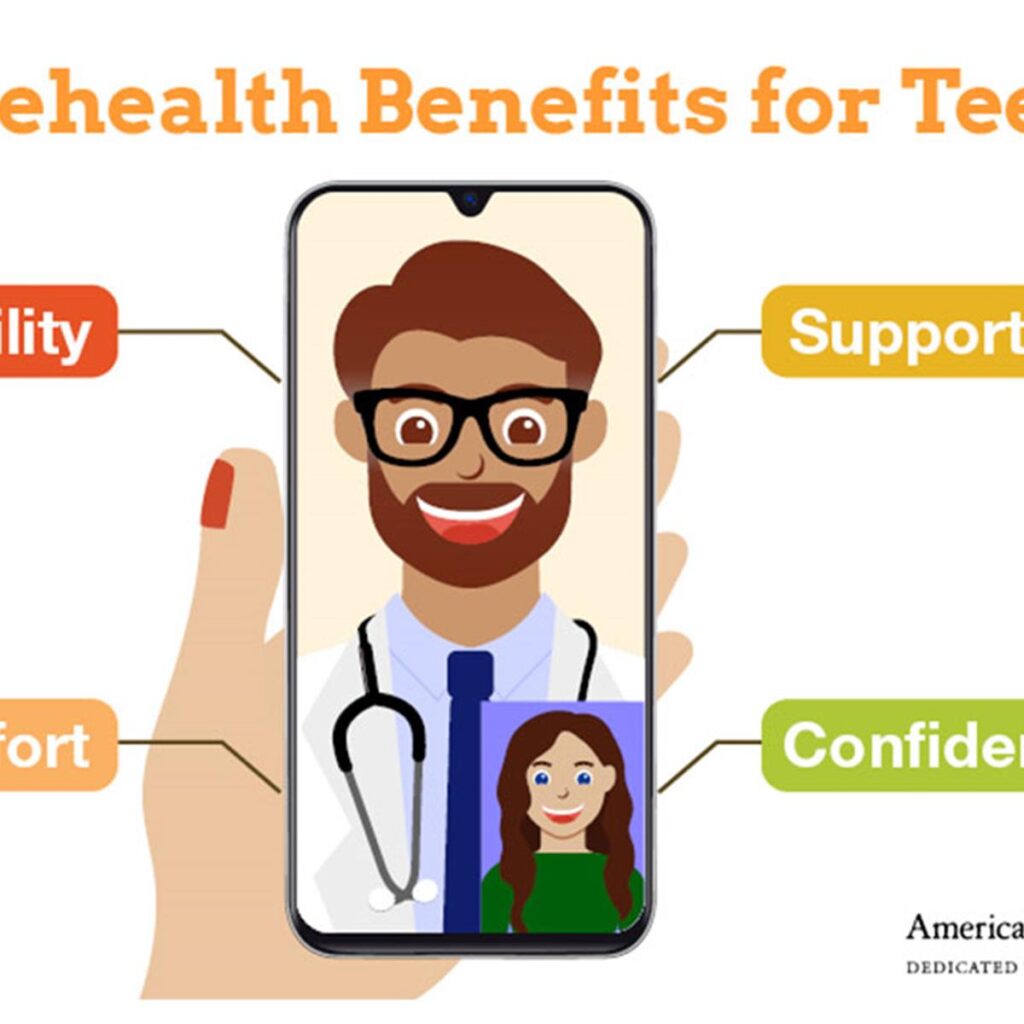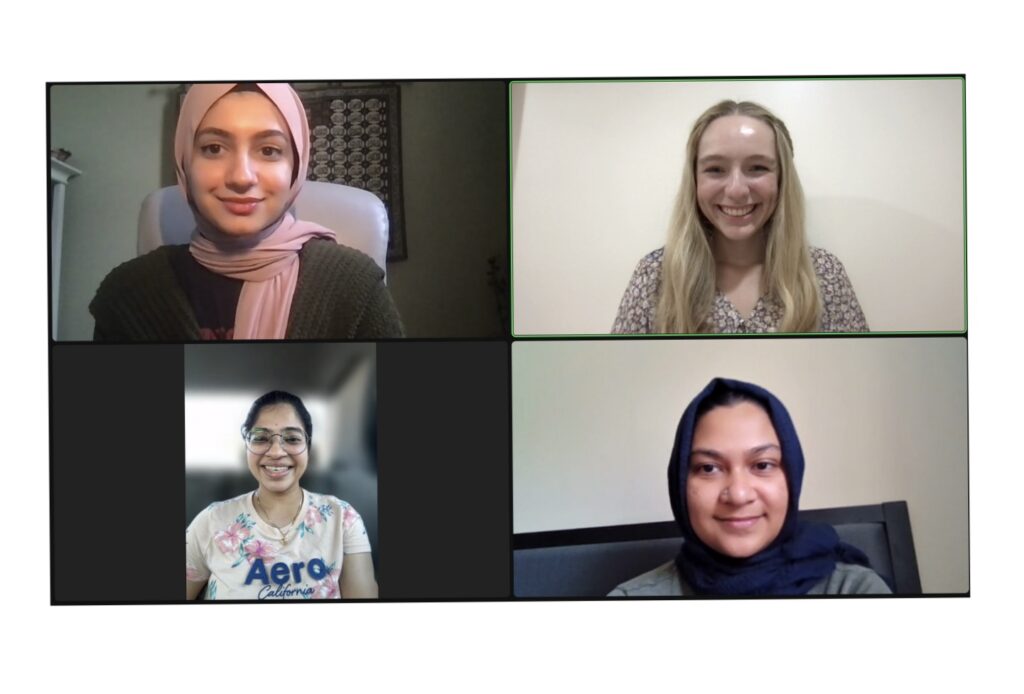Daba Coura Mbow

Amid a technological revolution, Taylor Culinski is immersed in research examining the impact of telehealth on adolescent populations. In a recent conversation, Culinski shared her vision of the potential impact of this ongoing work. With training in psychology and childhood education, Culinski’s passion for developmental psychology and social work is evident in her interest in healthcare and behavioral research. Culinski envisions a future as a professor and researcher, contributing to developmental psychology and social work. The ongoing study, under the mentorship of Dr. Gergana Kodjebacheva, has led to co-authored publications, examining telehealth’s efficacy in pediatric care. What sets the work apart is its focus on amplifying the voices of adolescents.

While telehealth has grown, adolescent experiences within this mode of care delivery remain underexplored. Culinski is interested in how providers can design a healthcare landscape that is empathetic, inclusive, and responsive to diverse voices. In the current project, the aim is to bridge this gap in the design of telehealth systems through interviews with 14 to 17-year-olds about their online care experiences. As she prepares to interview adolescents, Culinski’s meticulous preparations underscore the importance of her endeavor. By shedding light on the needs of adolescents, the work promises to reveal telehealth’s transformative potential while advocating for comprehensive healthcare research and implementation.

In part two of our conversation, she delves into the rationale behind the age-specific focus, the diverse telehealth practices under scrutiny, and the obstacles that await exploration. When questioned about the choice to interview adolescents aged 14 to 17, Culinski articulates the study rationale or design. These formative years mark a pivotal stage in an individual’s healthcare journey. Adolescents within this age range are on the cusp of independence, actively participating in their medical interactions while still retaining some parental guidance. This unique juncture allows for insights into the evolving dynamics of adolescent-patient-provider relationships. Culinski clarifies that the research’s scope goes beyond video visits, encompassing various technological interfaces like text messages, emails, and document-sharing portals.

This holistic approach aims to capture the broad spectrum of virtual healthcare interactions adolescents engage in, contributing to a comprehensive understanding of telehealth’s impact. Looking ahead, Culinski outlines anticipated outcomes. The research centers on Genesee County, aiming to provide insights beyond its boundaries. By collaborating with local pediatricians’ offices, the study aims to reveal the extent to which adolescents are utilizing telehealth resources. The obstacles to wider telehealth adoption include disparities in access to healthcare services based on geography and socio-economic factors. Culinski’s work underscores these disparities’ significance, particularly in Genesee County, where telehealth can help bridge the gap.

The research aims to highlight telehealth’s potential to provide more equitable healthcare access, especially for those reliant on public transportation or constrained by geography. The research strives to reflect Genesee County adolescents’ diverse experiences and challenges with telehealth, offering a comprehensive analysis. In the final part of our conversation, Culinski muses about the potential to integrate telehealth into the fabric of healthcare provision, and her ongoing research direction. She addresses the challenges of technology access and Wi-Fi, advocating for inclusivity in telehealth adoption. In a post-COVID world, Culinski underscores the need for consistent telehealth usage, emphasizing its supplementary role to in-person care. As the research agenda advances, it promises to move from satisfaction studies to examining tangible health outcomes. As she prepares to interview adolescents and present her findings, Culinski’s dedication to inclusive, patient-centered healthcare is clear.
